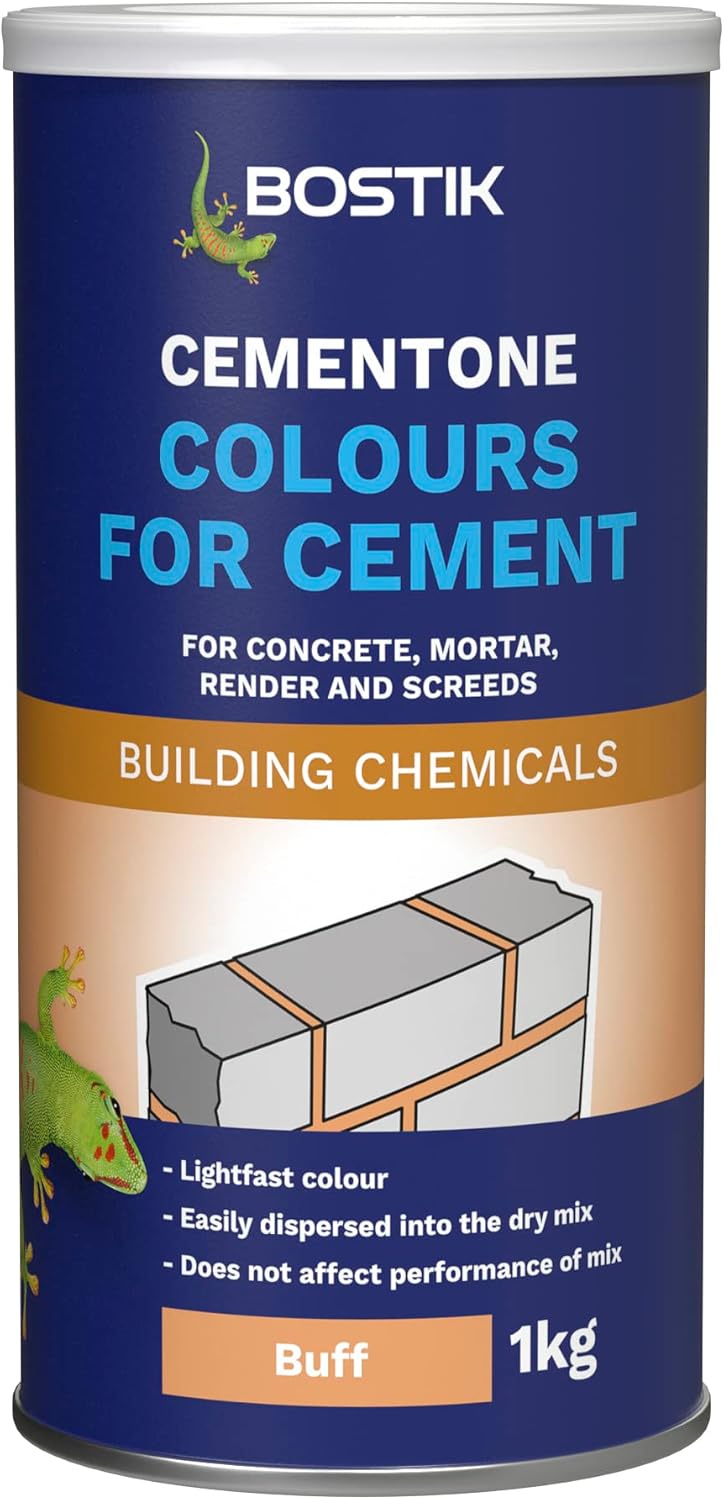About this deal
Get in touch with any local historians or custodians of local monuments or historic buildings as it is likely that they will know exactly where the majority of original materials used were sourced from. Don’t be tempted to use anything too heavy or blunt for this. If you get too carried away you will grind the actual sand particles down too much and have nothing to compare other than a pile of dust. Step 3 – Mix Muriatic Acid Solution They are available in a huge range of different shades and colours and can be used to change the colour of a mortar mix to match any given existing mortar or surface.
Now, pour your sand solution gently over the top. The tights will act as a sieve, allowing the remaining water/acid solution to drain off, leaving you with just your sand. I have tried adding in a little Snowcrete and it does soften the colour a bit to allow some sandy tones but it's still not proper sand coloured. Our cement plasticiser range includes Bond It’s Water-Resistant Plasticiser which improves the workability of concrete and mortar in its wet state whilst also doubling as a cement waterproofer. The Sealoproof Cement Waterproofer creates a durable waterproof finish while also acting as a cement and render retarder to slow down the setting process, whilst Sealomix’s Mortar Plasticiser supplies added strength to concrete and adds frost-resistance against freezing and thawing.So as you can see, not only does the colour and type of the sand that used in a mortar mix affect its colour but so does the cement and the presence of lime if it has been used. How do I Know What Colour Sand was Used in the Original Mortar? Please find some colour examples from the pictures below. More will be added soon. Colours may vary depending on many factors such as the brand of cement used, the colour of sand used, the ratio's of stone and sand used etc. Computer monitor settings and angle at which you view your monitor will also lighten or darken the colour shades. So please use this chart as a guide only.
Even a small trace of dye can have quite a dramatic effect on the overall colour so you will need to experiment using quite small quantities at a time. Essentially, this is down to the colour and type of sand that’s used. There are many types of sand and each type will produce a different colour mortar when mixed with cement. As we have established, the colour and tone of the sand that is used in your mortar mix has pretty much the greatest bearing on the overall colour of new mortar. When it comes to lime, traditionally, this would have been used in place of cement as it does exactly the same job e.g. binds materials together, but it also has the added benefit of making a mortar mix breathable and more flexible.
Similar products
Under no circumstances should you ever change the cement to sand ratio of a mortar mix for a new mix so that it’s different from any existing mortar just to ensure a colour match! This may affect structural integrity With your sample to hand place them on an old scrap piece of wood. Using a similar scrap piece of wood, place this on top and use it to grind the mortar down. From concrete plastisicers and mortar water proofers to cement accelerators, retarders, dyes and everything in between, we’ve got it at Selco. Some mortars are artificially coloured with a cement dye or mortar tone. This makes the permutations endless as you not only have to think about the sand and cement that was used but also what dye was used! On having a close look at the sand, pay attention to the size of the particles. If they are fairly small and of a uniform size, then it most cases this will be a standard building sand. However if small visible stone chips of varying sizes are evident this may indicate the possible use of sharp sand. Step 8 – Dispose of Acid Solution
In this project guide we go through what’s involved with matching mortar colours, read on to find out how. Why Match Mortar Colours? Now that you know exactly how to create some test mixes and compare to your existing mortar to find a colour match, it’s now just a question of getting it done, but before you make a start there are a few further points to be aware of:
Matching Brick, Block and Stone Colours
If you know the age of your property and its pre-1900’ish then the chances are it may feature a lime-based mortar, especially if it is light in colour.
Now pour some clean, fresh water into both the containers. This will help to dilute the remaining acid in both, making it weaker and less hazardous. Put a lid on the container with your waste acid and put this to one side for now. Step 6 – Drain off Sand Solution Aside from the techniques we have run through above for extracting sand from the original mortar, which is very effective by the way, you can also undertake some local research. Accelerators help to speed up the setting and hardening process of cement and mortar, whilst retarders slow it down. If you’re looking for a concrete waterproofer additive, many of our accelerators, retarders and plasticisers include waterproofing and frost-proofing qualities as an added benefit.If you are working with lime then you will also need to do the same, but with lime you will only be working with ratios between 3:1 (3 sand to 1 lime) and 5:1 (5 sand to 1 lime). Similar to the way in which lime can significantly lighten the colour of mortar, as you may imagine, using white cement has the same effect.
 Great Deal
Great Deal 